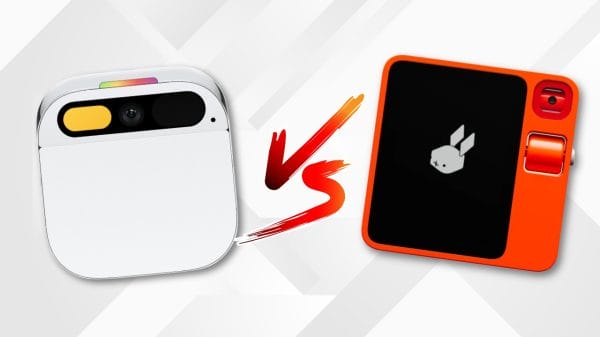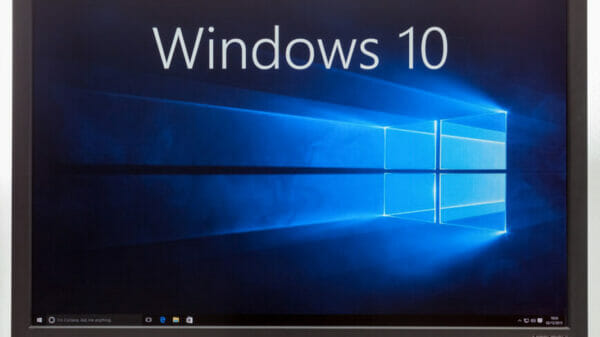ZTE, one of the 5G pioneers, and China Mobile, a giant telecommunication company, have announced the collaboration of the first digital twin application for XR service on a wireless network, which has been successfully tested in Jiujiang, Jiangxi province. The test results indicate that the digital twin technology has achieved a high level of precision, exceeding 90% in areas such as parks and squares. This is a significant milestone in utilizing digital twin technology for wireless networks, providing a strong basis for ensuring an optimal XR service experience and network policy optimization.
Wireless Network Digital Twin
ZTE serves as a leading provider of digital twin solutions for various industries, including telecommunications and 5G technology. Its digital twin technology is designed to create an accurate digital replica of a physical network, allowing operators to visualize and optimize network performance and enhance user experiences.
Using commercial off-the-shelf (COTS) servers, the wireless network digital twin can create precise digital models and simulations of various components such as wireless channels, base stations, core networks, terminals, and services. These digital twins can accurately represent the physical network. By interacting with real-time data and performance metrics from the physical network, the wireless network digital twin can assist network operators in optimizing resource allocation, ensuring high-quality user experiences, and enabling cost-effective trial-and-error innovation.
The precision of service modeling is crucial for maximizing the potential benefits of digital twin applications. In a recent XR application test in Jiujiang, Jiangxi province, engineers of ZTE conducted XR tests at over 70 locations covered by 130 5G base stations in the physical network. Simultaneously, ZTE’s high-fidelity wireless network digital twin platform generated a network and application performance twin of the same XR service. By analyzing the differences in key performance indicators, the precision of the twinning process can be determined. The results of large-scale fixed-point tests indicated that the twinning precision of the XR application exceeded 90% in locations such as parks and squares.
XR technology, which unlocks the potential of the metaverse, is becoming increasingly integrated into our daily lives thanks to the prevalence of 5G technology. ZTE has committed to further collaboration with China Mobile in exploring XR experience assurance and policy optimization through wireless network digital twin technology. This will enable ZTE to implement new 5G services such as streaming and cloud gaming.
ZTE Solution in XR Industry
XR industry, also called the extended reality industry, is one of the seven pivotal industries in the development of the digital economy. XR equipment has the potential to enable users to have an immersive experience, making it a gateway to the metaverse in the future. Despite being labeled as the “first year of Chinese VR” in 2016, the industry faced obstacles such as poor mobility and low-resolution terminals, hindering its development. However, with the widespread commercial use of 5G, XR services are now experiencing significant progress and ZTE has caught up with the trend of XR services combined with 5G tech.
Based on statistics, the XR market size worldwide was estimated at around US $27.96 billion in 2021 and is projected to reach US $252.16 billion by 2028, with a compound annual growth rate of 31.64%. The Asia-Pacific region is experiencing the fastest growth rate. Additionally, the VR/AR head-mounted display shipments are increasing steadily due to the improved device experience and the availability of more content.
ZTE has developed the X-Edge solution to ensure high-quality XR services. This solution uses 5G RAN intelligent sensing and scheduling to provide precise, differentiated services that deliver the ultimate user experience. To achieve this, the solution identifies XR service features, such as period and frame size, and selects the most suitable scheduling scheme. Additionally, the solution introduces multicast and broadcast services (MBS) for XR, which enables greater user density in a single cell, a major challenge in commercial networks. The network status can also be shared with XR applications for cross-layer coordination. This enables the applications to adjust their transmission strategies and improve the success rate.
5G technology will not only boost the development of XR applications but also bring mobility, allowing XR to be used outdoors and in broad areas instead of being limited to fixed locations. This will result in a surge in demand for 5G traffic and investment in 5G networks, leading to a better user experience and an increase in high-quality content, which in turn will attract more XR users. ZTE aims to collaborate with industry partners to develop new technologies that provide superior networks for the large-scale commercial use of XR in the 5G field, creating a flywheel effect that promotes the growth of both 5G and XR.
Digital Twin-Based Network Insights
In the 5G era, network complexity has increased dramatically and 5G services are rapidly evolving for ZTE. Operators are facing many challenges in network operations, such as difficulties in securing value services, low return on investment in network construction and the need to improve user satisfaction.
The uSmartNet solution developed by ZTE helps customers manage the increasing complexity of network and services in 5G deployments, leading to more efficient use of valuable 5G resources and reducing OPEX by over 30%.
By utilizing industry specifications such as CCSA and TM Forum, uSmartNet’s digital twin technology offers a multi-dimensional and hierarchical 360-degree view of the network, services, and users. This enables operators to systematically evaluate network performance, user experience, service quality, and investment costs with over 90% accuracy.
With its scientific decision-making support, uSmartNet assists operators in network construction and optimization, service development, and enhancing user satisfaction. The network digital twin is expected to have broader applications in the future, beyond the current fields of network planning, construction, maintenance, and optimization. As it continues to evolve, it is anticipated that the digital twin will contribute to the realization of highly intelligent and autonomous networks.
The advent of 5G technology, with its range of innovative applications, varied devices, and advanced networking features, has led to the creation of highly intricate mobile networks. Consequently, there is growing interest in optimizing network configurations and services within the industry. ZTE, a trailblazer in 5G technology, has proved its distinguished excellence with achievements in digital twin















